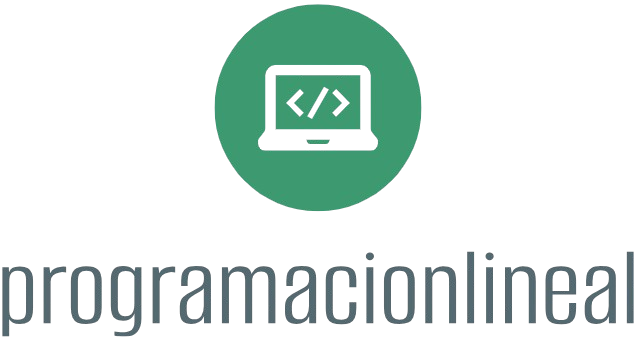Recursion is a powerful technique in programming where a function calls itself to solve a problem. While it can be elegant and efficient, mastering recursion requires practice and a solid understanding of its principles. Here’s a guide to help you master recursion:
1. Understand the Concept of Recursion
Recursion involves a function calling itself to solve smaller instances of the same problem. It generally requires two main components:
- Base Case: The condition under which the recursion stops. This prevents infinite recursion and eventually returns a result.
- Recursive Case: The part of the function where it calls itself with modified parameters to work towards the base case.
2. Identify Problems Suited for Recursion
Recursion is particularly useful for problems that can be broken down into smaller, similar subproblems. Common examples include:
- Tree Traversal: Navigating hierarchical structures like binary trees.
- Divide and Conquer Algorithms: Such as merge sort and quicksort.
- Mathematical Computations: Like factorials and Fibonacci sequences.
- Backtracking Problems: Including puzzles and pathfinding.
Recognizing these patterns can help you apply recursion effectively.
3. Start with Simple Examples
Begin with basic recursive problems to build your understanding:
- Factorial Function: Calculate the product of all positive integers up to a given number.
- Fibonacci Sequence: Find the nth number in the Fibonacci sequence.
- Sum of Natural Numbers: Compute the sum of integers from 1 to n.
These examples help you grasp the mechanics of recursion and base cases.
4. Visualize the Recursion Process
Visualizing the recursion process can aid your comprehension:
- Call Stack: Understand how function calls are stacked and resolved.
- Recursion Tree: Draw out the recursive calls to see how they break down into subproblems.
- Trace Execution: Manually trace through simple examples to see how each call progresses and eventually resolves.
Visualization helps clarify how recursion unfolds and returns results.
5. Ensure Proper Base Cases
A crucial aspect of recursion is defining proper base cases to terminate the recursive calls. Without a base case, recursion can lead to infinite loops and stack overflow errors. Make sure:
- Base Case is Well-defined: Clearly specify the condition that stops further recursion.
- Base Case is Reached: Ensure your recursive calls progress towards the base case.
Verifying base cases is essential for correct and efficient recursion.
6. Optimize Recursive Algorithms
Recursive algorithms can sometimes be optimized for efficiency:
- Memoization: Store results of expensive recursive calls to avoid redundant computations. This technique is often used in dynamic programming.
- Tail Recursion: In some languages, tail-recursive functions can be optimized by the compiler to avoid excessive stack usage.
Optimizing recursion can improve performance and prevent stack overflow issues.
7. Practice with Complex Problems
Once you’re comfortable with basic recursion, tackle more complex problems to deepen your understanding:
- Depth-First Search (DFS): Explore graph traversal using recursion.
- Combinatorial Problems: Solve problems like generating permutations or combinations.
- Dynamic Programming Problems: Use recursion with memoization to solve problems like the knapsack problem.
Complex problems challenge your recursion skills and help you master advanced techniques.
8. Review and Refactor Recursive Code
Regularly review and refactor your recursive code to enhance readability and efficiency:
- Simplify Recursive Calls: Ensure that each recursive call is clear and necessary.
- Refactor for Clarity: Break down complex recursive solutions into smaller, manageable functions if needed.
Refactoring helps maintain clean and understandable code.
Conclusion
Mastering recursion involves understanding its fundamental concepts, practicing with simple problems, and applying it to complex scenarios. By visualizing the process, ensuring proper base cases, and optimizing your code, you can harness the power of recursion to solve a wide range of problems efficiently. Keep practicing and exploring different recursive techniques to become proficient in this essential programming skill.











